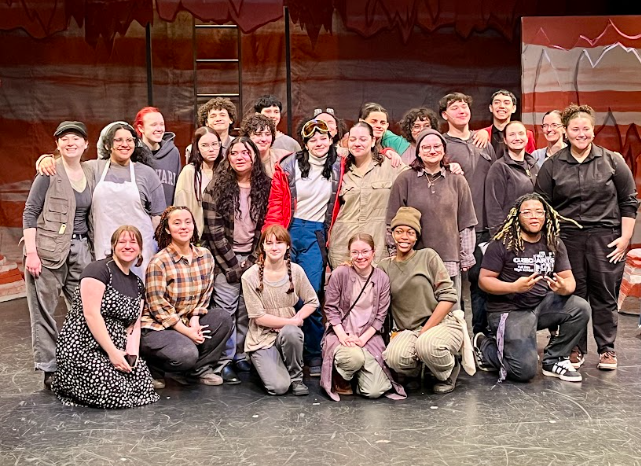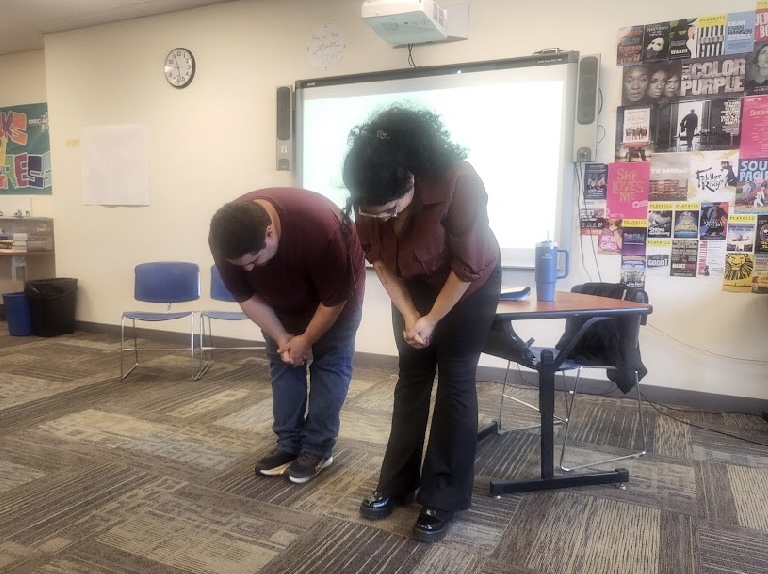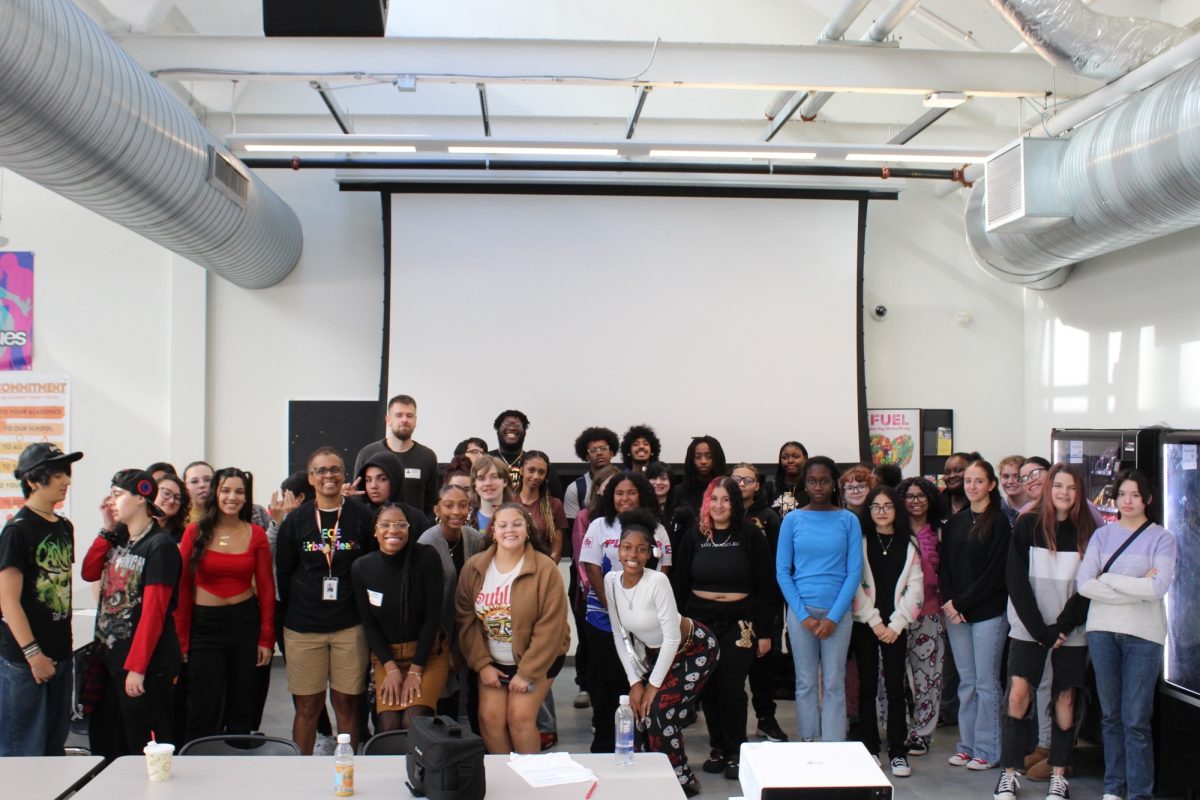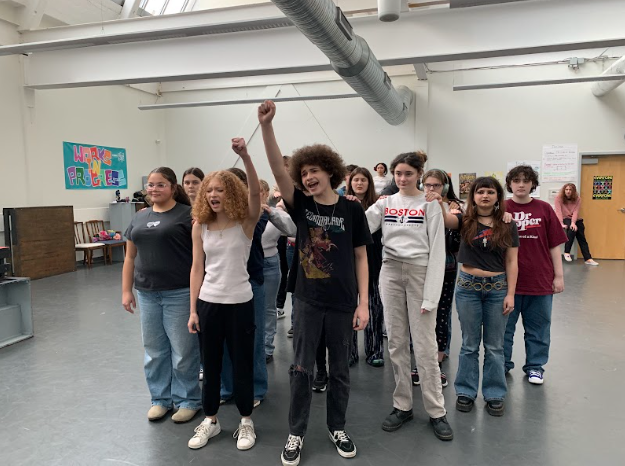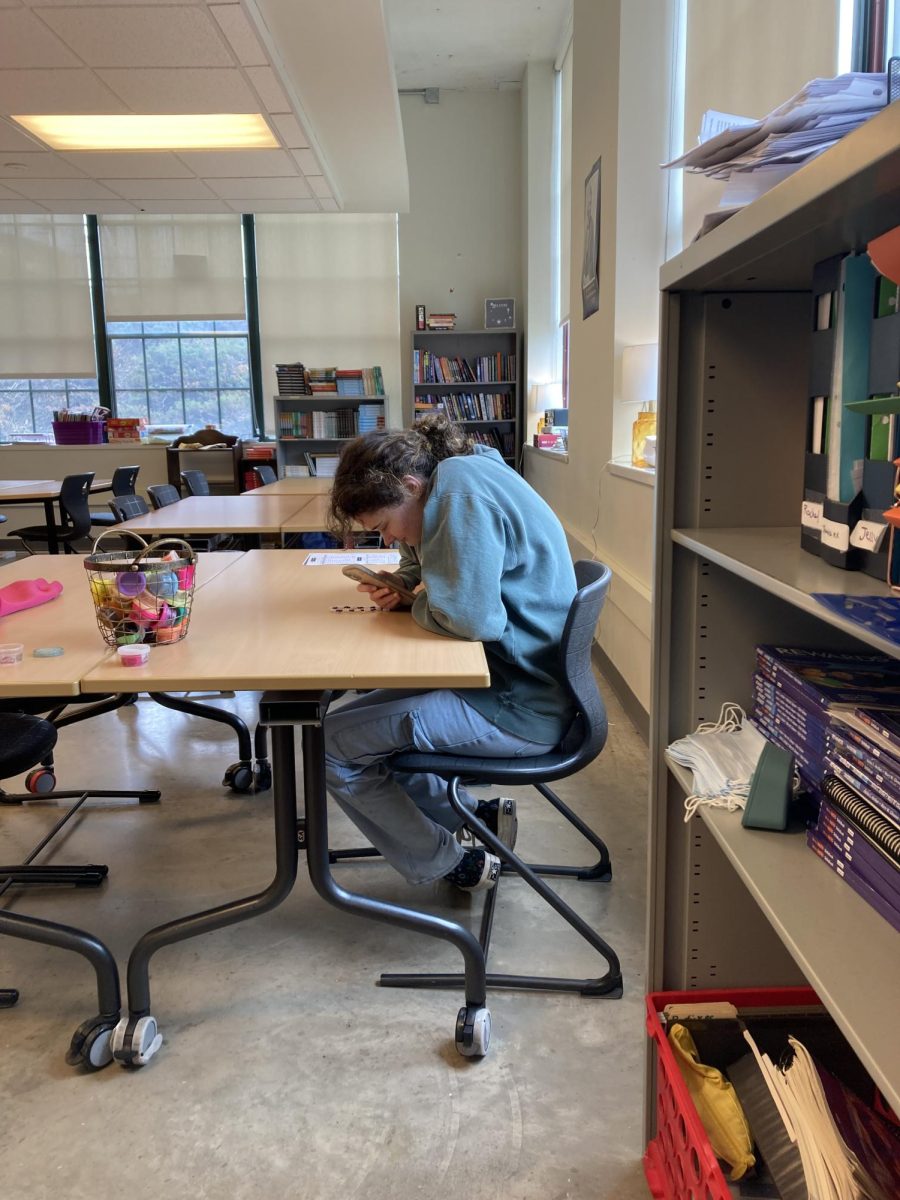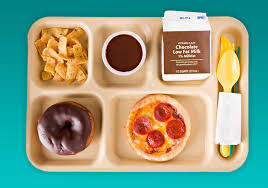School lunches have always been a problem since I was little and even since my parents were little. School lunches were never good, healthy, or sustainable. For example, back in 9th grade, our school had a huge problem when it came to the lunches: there were food shortages when it came time for the senior lunch period, the food was not the greatest, and, even at one point, they were giving us spoiled milk. The food shortage was fixed the following year, and the milk issue was addressed within days, but the bad food problem was never fixed. There was always good food or bad food; where we either love actually tasty food that we might not see again or get a lunch that feels like it has been sitting there for a while, and we will get it multiple times a month. We also have had issues where we get the same type of food over and over again, like tater tots mixed with the world’s most random, over-seasoned meat.
A study done in 2002 shows, “Schools have been feeding children lunch since the National School Lunch Act of 1946. The idea was that nutritious meals would help children grow and learn. But government figures show that over the past decade there have been 300 outbreaks of food illness in schools, affecting 16,000 students — and that such incidents are rising by 10 percent a year.” (ABC News). Even though this was an older statistic, it shows how the school lunch problems have existed for a while now. This could be solved with simply having higher quality food that won’t make people sick as much, but is it really enough?
A New York Times article, “What Students Are Saying about Making School Lunch Healthier,” shares the opinion of Julia Calla, a Philadelphia student: “I think that enforcing healthy eating habits at school is incredibly important, but flavorless green beans or corn might not be the best solution. For me, I don’t think that the fact that we are served healthy foods is an issue — I dislike many of the foods because they are simply not appetizing. […] Healthy food is a good idea, but more needs to be done to make it both appetizing and energizing for the student body.” (Network, The Learning). Even though there is a change in the food that’s served, there really isn’t any change in what the students are eating. Veggies and other healthy foods just end up being thrown out, despite having evidence that it is possible to have healthy foods that students like; GHAA’s salad station that often grows a line comes to mind.
Then, there’s the issue of it being affordable for the school itself, since now my school has a new system where the school lunches are free, which also lowers the quality in the food. For example, in a Greenwood article, “Each school only gets about $1.30 to feed each child — and that doesn’t only cover the cost of the food. It also covers the cost of labor, equipment, and electricity. So it comes as no surprise that they can only opt for low-quality foods, as opposed to fresh produce, quality proteins, and whole grains.” (Rosenberg) If this was true for my school, it would 100% explain why the food quality is not the best, because it’s free, and they need to save so the budget on the quality and quantity of the food. The big issue is that even before it was free, the quality was just as bad for something you had to pay for. Food quality and kids shouldn’t be in the same sentence.
However, an article by Boone says, “Research shows that school meals are the most nutritious meals that American children receive. Children who consume school meals have higher intakes of milk, fruits, and vegetables, and lower intakes of snacks and desserts, compared to non-participants.” This is everything that is so untrue with the quality of my school’s food, as I can tell you personally that our food does have milk, fruits, and vegetables, but the quality is rather bland or just plain spoiled. We also rarely have any new good food, the only time we’ve ever gotten new food is always something with tater tots that doesn’t even taste good because of the salt. Real protein is not bland food with copious seasoning but actually good, well-seasoned, and sustainable food, not five salty tater tots with stale-tasting chicken.
School food is something that shouldn’t be making you sick; it’s something that should be sustainable and healthy. More recent statistics gathered by EducationWeek suggests that many students across the country agree: “A majority of teens give their school meals positive reviews, according to the survey. Sixty-four percent said that school meals taste good while 55 percent said they are high quality. Even so, a substantial minority of teens don’t agree with those statements: One in five said they are unlikely to get school meals precisely because of poor taste and quality.” (Prothero). This shows that while some students have quality food, many don’t. I agree that the food quality is sometimes good, but a lot of times it’s not – especially the tater tots. School lunches are something that can be changed, but the only question is when.
